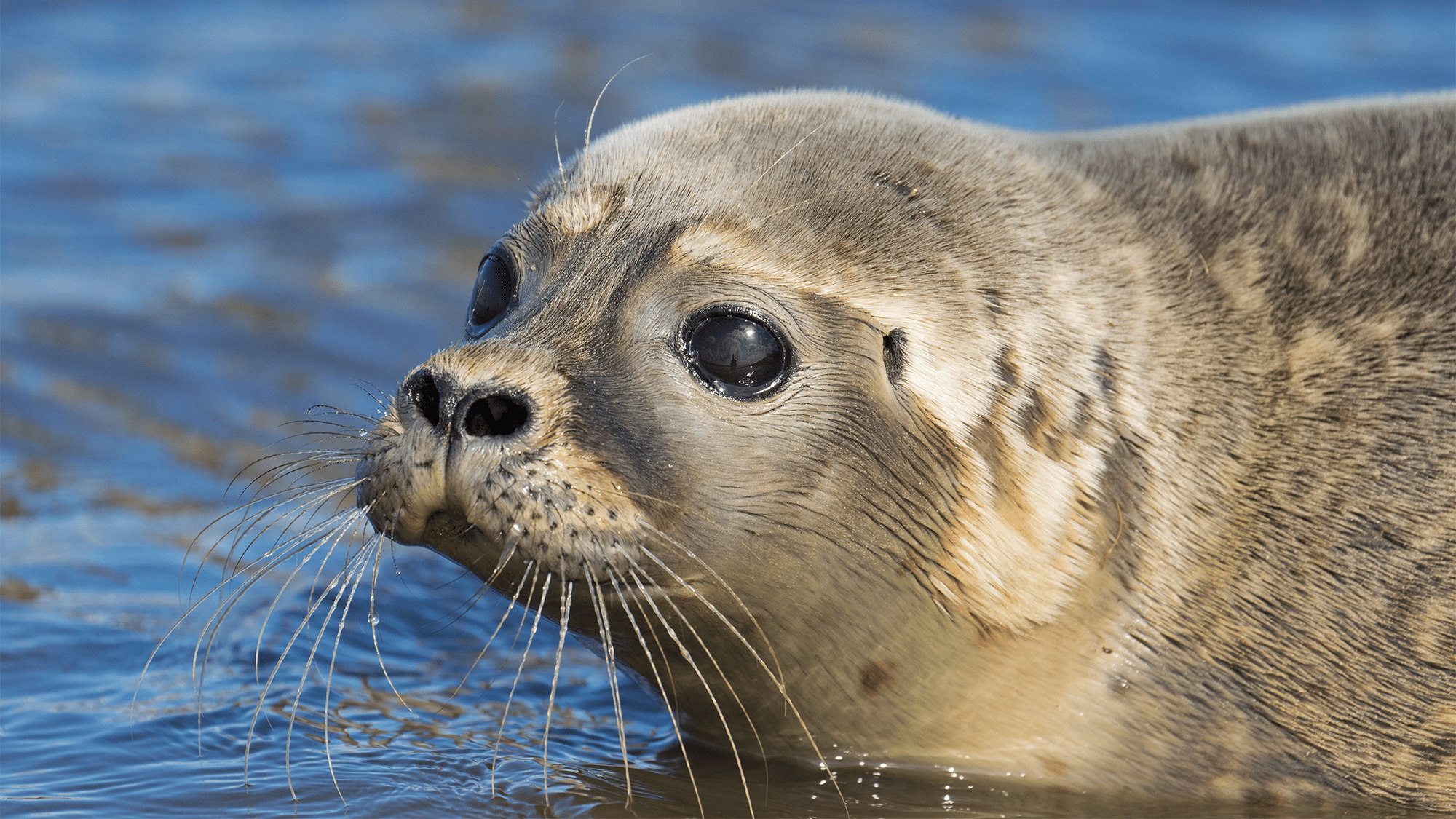Now Reading: Sea Lions and Wildlife Officials Face Off in Seattle
-
01
Sea Lions and Wildlife Officials Face Off in Seattle
Sea Lions and Wildlife Officials Face Off in Seattle

Quick Summary
- Conflict Overview: Dams in the Pacific Northwest funneled fish into areas accessible by sea lions, particularly at Seattle’s Ballard Locks, leading to meaningful predation of steelhead trout by marine mammals.
- Wildlife Strategies: From the 1980s onward, nonlethal deterrents like firecrackers (“seal bombs”), acoustic devices, and recorded predator sounds failed to dissuade sea lions.Efforts to trap and relocate aggressive individuals were similarly ineffective.
- Public Reaction: Locals supported sea lions, creating merchandise and broadcasting updates; animal rights activists staged protests against removal efforts while wildlife officials faced threats from some extreme groups. Conservationists expressed concerns about fish population collapse due to overpredation.
- legislative Action: In 1994, an amendment allowed for highly regulated lethal removal of predatory marine mammals with strict oversight involving animal rights groups and scientists. Despite this new framework being enacted in 1996, key fish runs were irreparably damaged before action could be taken.
- Outcome for Sea Lions: Several offending sea lions were eventually sent to captivity at SeaWorld following intervention from Vice President Al Gore but poorly adjusted; most died shortly thereafter.
- Fish Population Decline: The urban steelhead run was destroyed entirely by the late ’90s despite interventions aimed at reducing pinniped predation.
Images (From Source):
- Book cover-A year with the Seals.
- California sea lions gathering along La Jolla coastline during sunset (Photo Credit: Kevin Carter).
Indian Opinion Analysis
The events described highlight complex interactions between conservation policies and ecological systems rooted in human impact on environments like the Pacific Northwest’s waterways-a situation not unfamiliar globally or in India’s context with its management of protected species near critical ecosystems.
India faces related challenges balancing biodiversity conservation with human activity-as an example where herbivores damage crops or predators enter villages adjoining national parks due to habitat fragmentation driven by infrastructure development or agriculture expansion. The Ballard Locks controversy underscores lessons relevant here: blanket protections without provisions for local adaptation can lead inadvertently to ecological imbalances or public hostility towards species management efforts.
legislation alone rarely solves such conflicts; coordination across state-level stakeholders alongside scientific monitoring must drive policy evolution toward coexistence that sustainably addresses both species welfare and ecosystem health-yet remains adaptable if population dynamics shift as seen globally including harbor seals/fluctuating risks replacement trends after steelhead cases declined tragedy adjacently.logical diligence extended outcomes trace definite!























